Who Is Justine Siegmund, and How Did She Change Women’s Health?
Justine Siegmund’s story begins in 1636 in the small town of Rohnstock, Silesia. Little did the world know that this girl would grow up to challenge the status quo of 17th-century obstetrics.
Living in an era where women’s health was poorly understood and often neglected, Siegmund’s journey into midwifery was not just a career choice but a necessity driven by her own health struggles.
Turning Pain into Purpose
At the age of 20, Siegmund faced a medical challenge that would shape her future. Misdiagnosed and mistreated for a prolapsed uterus, she experienced firsthand the shortcomings of contemporary women’s health care.
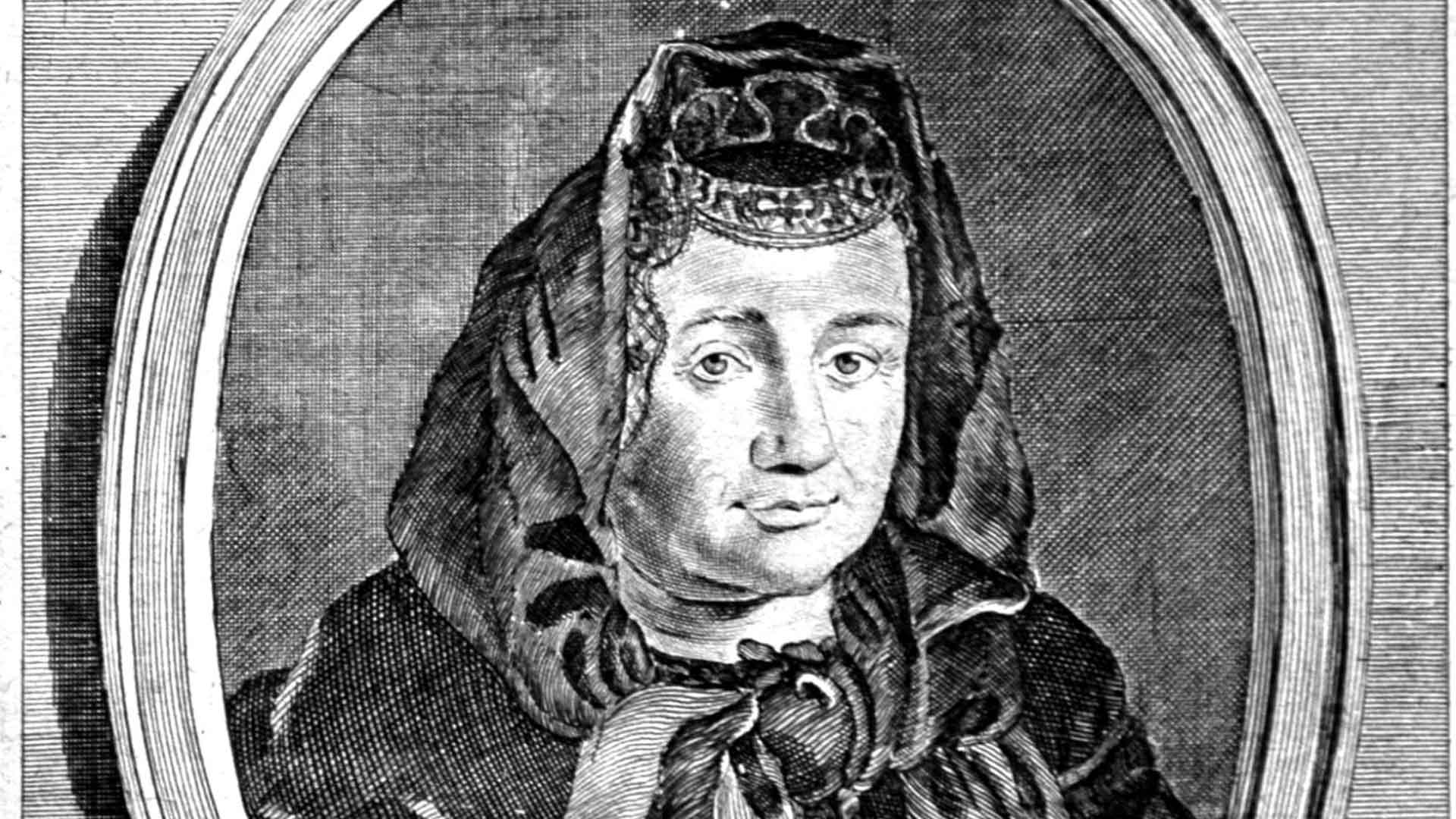
Source: Wikipedia
This personal ordeal ignited her passion for understanding women’s bodies and led her to dive into the world of midwifery, a field dominated by oral traditions and closely guarded secrets.
A Self-Made Expert in Midwifery
With no formal education in the field, Siegmund’s journey was one of self-education and determination. By 1659, she had gained considerable knowledge and began applying her skills, assisting in childbirth.
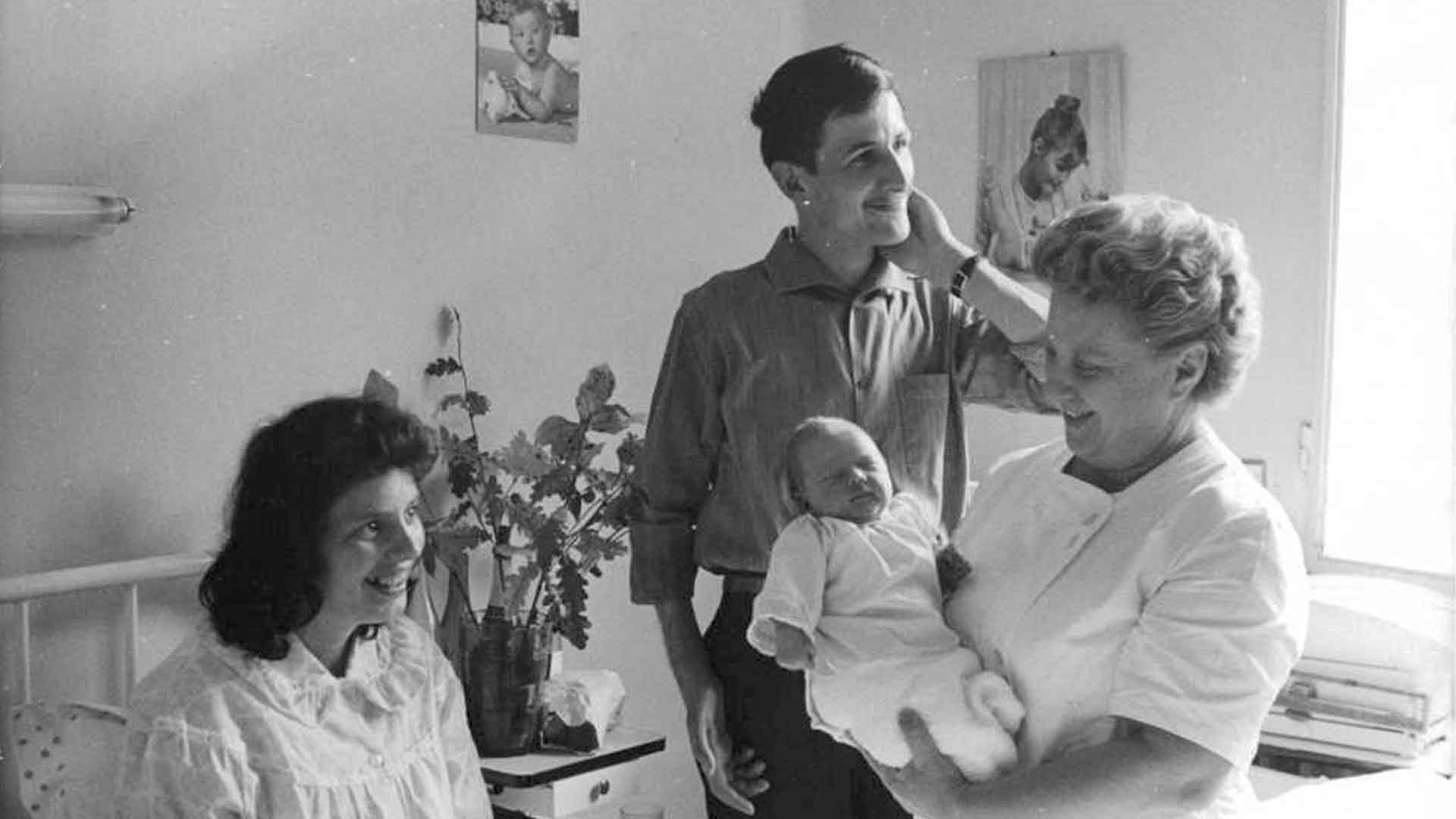
Source: IMS Vintage Photos/Wikmedia Commons
Her approach was revolutionary for its time — focusing on minimal intervention and prioritizing the natural process of childbirth, a stark contrast to the existing and popular practices of her contemporaries.
Serving the Unprivileged: The Beginning of a Legacy
Siegmund’s career began with a focus on helping the underprivileged. She provided free midwifery services to poor women, highlighting her altruism and dedication to women’s health.

Source: Sławomir Milejski/Wikipedia
This period not only honed her skills but also solidified her reputation as a compassionate and skilled midwife.
The Court Midwife: A Trailblazing Text
Justine Siegmund’s “The Court Midwife,” published in 1690, marked a monumental shift in the field of midwifery. For the first time, a woman’s perspective on childbirth was available in print, offering detailed insights and techniques for managing various complications during childbirth.
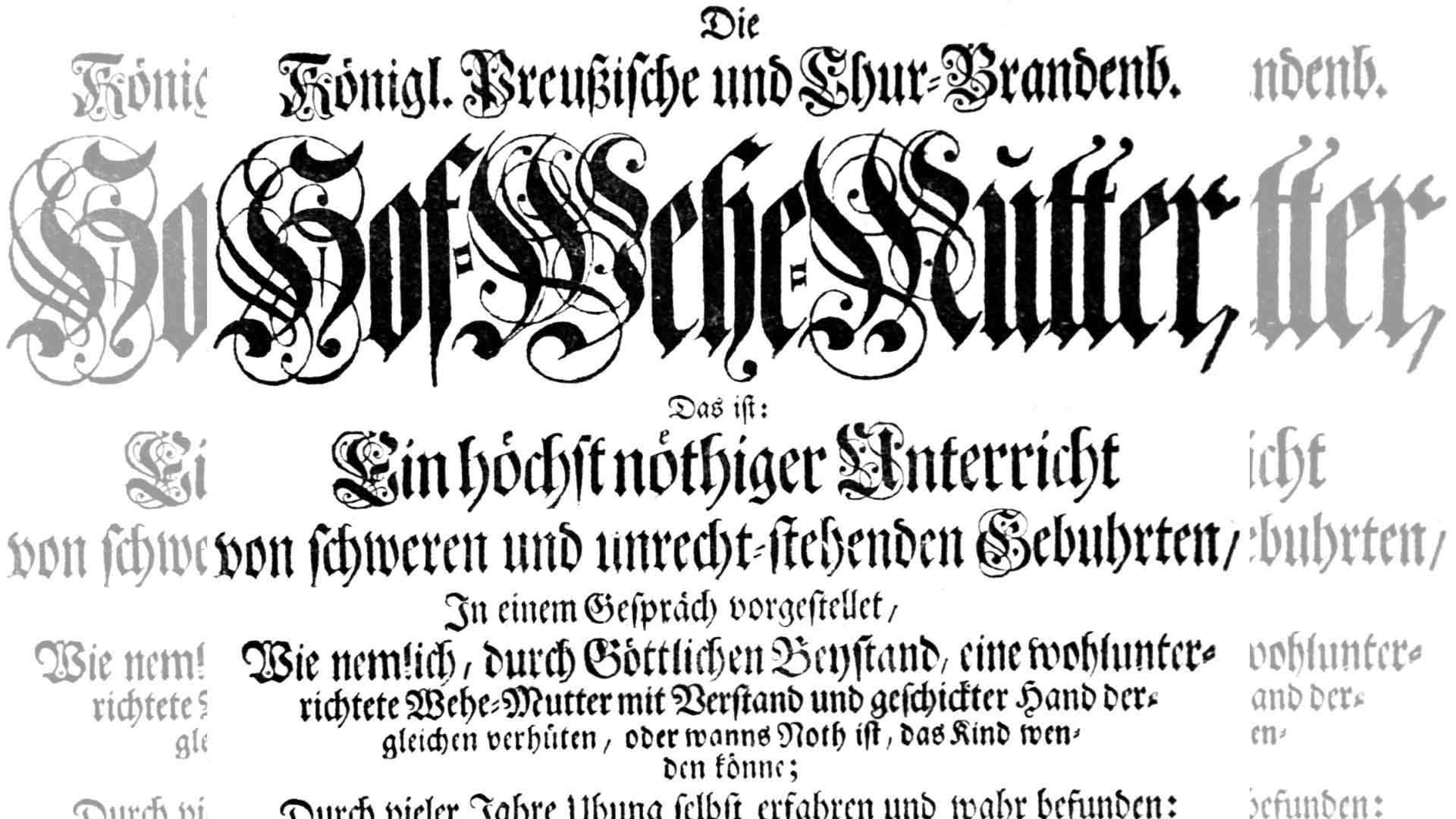
Source: Rodak/Wikipedia
This book wasn’t just a manual — it was a beacon of change in a male-dominated medical world.
Dispelling Myths and Setting New Standards
In her book, Justine Siegmund tackled various childbirth myths prevalent at the time. She challenged the idea that a full-term pregnancy must last 40 weeks and introduced techniques like puncturing the amniotic sac to manage placenta previa.

Source: Foto H.-P.Haack/Wikipedia
Her writings offered practical, experience-based solutions, setting new standards in midwifery.
Facing and Overcoming Gender Bias
Siegmund’s rise wasn’t without challenges. Her methods and the very act of a woman writing a medical text were met with skepticism and outright hostility from male physicians.

Source: Laura James/Pexels
Yet, her skill, knowledge, and successful outcomes won her respect and paved the way for other women in the field.
Royal Recognition and Wider Influence
Siegmund’s expertise eventually caught the attention of royalty, leading her to become the official court midwife in Berlin.
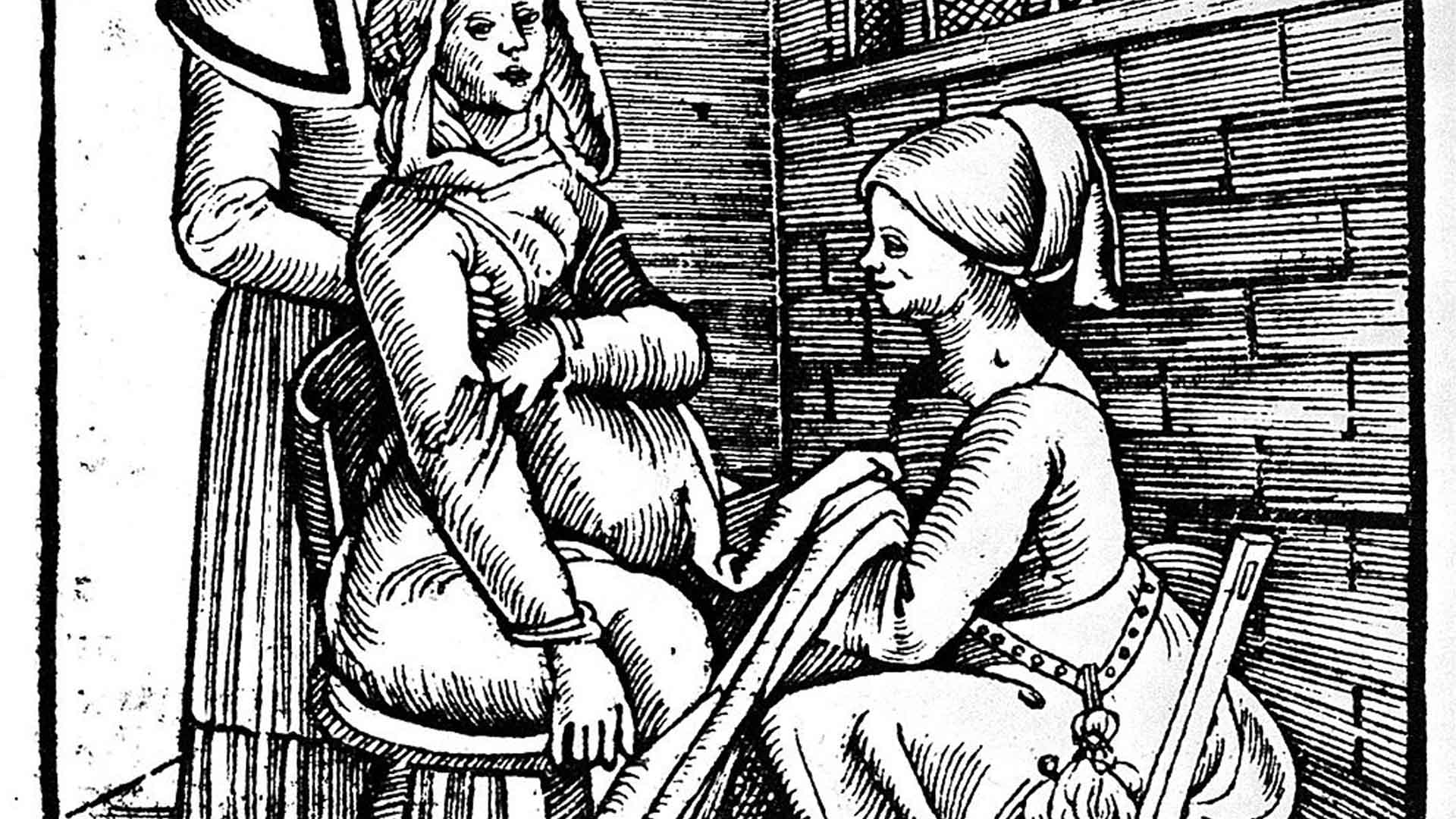
Source: Wikimedia Commons
Her role in assisting noble families and even addressing complex cases like cervical tumors further cemented her status as a leading figure in midwifery.
A Life's Work in Numbers
Siegmund’s impact can be quantified in the remarkable number of lives she touched — over 6,200 babies delivered successfully.

Her personal life, marked by a 42-year marriage without children of her own, reflects a deep commitment to her profession and the families she served.
Justine Siegmund's Death and Legacy
Siegmund died in 1705, leaving behind a lasting legacy. While the exact cause of her death remains unrecorded, her age at the time of her passing (68) was notable for the period.

Source: Google Doodle
Her contributions continued to resonate, with “The Court Midwife” being a reference for future generations of midwives and obstetricians.
The Court Midwife: A Continuing Influence
The impact of “The Court Midwife” extended far beyond Siegmund’s lifetime. Its numerous republications and translations attest to its enduring relevance.

Source: Suzanne M. Day/Wikimedia Commons
The book laid the groundwork for more informed, compassionate, and effective approaches to childbirth.
Honoring Justine Siegmund's Contribution to Women's Health
Justine Siegmund’s life and work represent a pivotal moment in the history of women’s health. Her contributions went beyond delivering thousands of babies; she empowered future generations of women in the field of midwifery, leaving an indelible mark on the health care landscape.
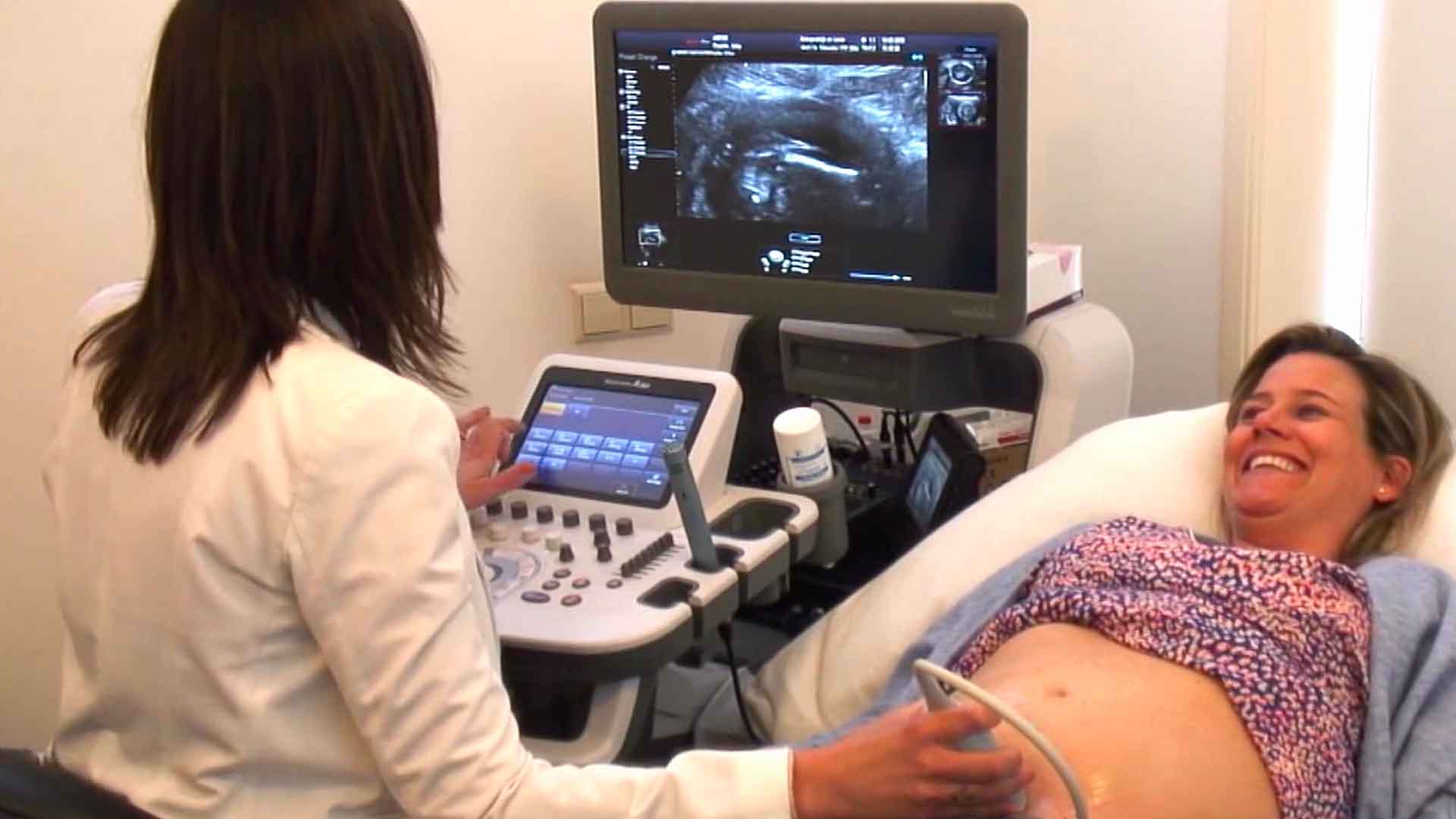
Source: Ricmart 01/Wikimedia Commons
Siegmund’s story is one of the power of resilience, knowledge, and dedication in overcoming societal barriers and improving lives for the greater good.
